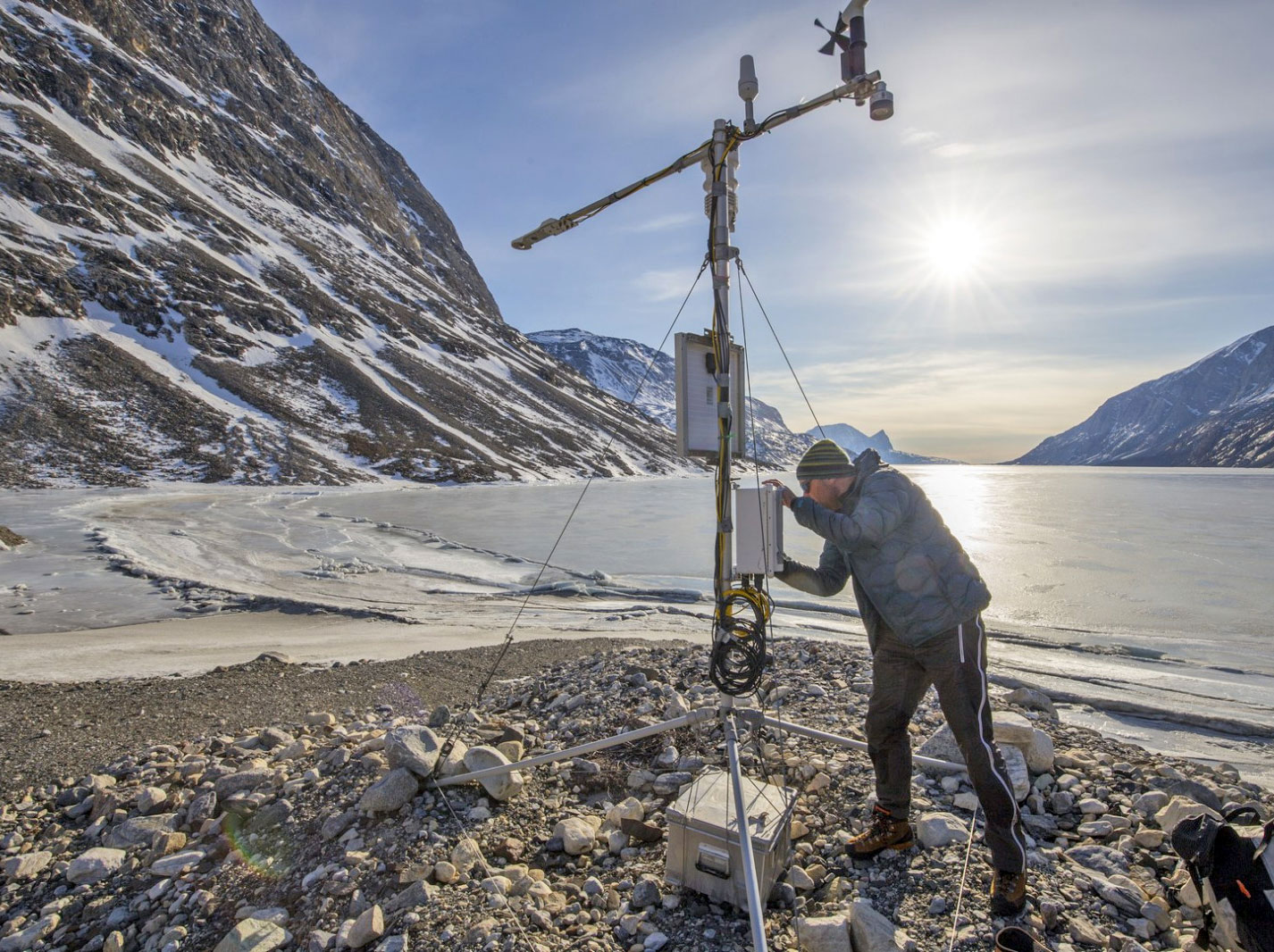“We stumbled over many hundred pages of virtually unused records of measurements and meticulously documented metadata that Alfred Wegener had collected on his Greenland expedition almost a century ago,” Abermann reports. Wegener was a professor for meteorology at the University of Graz at that time. The researchers analysed his results on the characteristics and extent of snow and ice, air temperature and humidity and compared them with current measurements and reconstructions from climate models. “It is astonishing how well the measurements agree with the model output in many variables,” says Abermann. However, the complexity of local influences is not sufficiently covered. This in turn has implications for calculations on the evolution of glaciers.
“What is exciting for us is that Wegener’s expedition years 1929 to 1931 coincide with an exceptionally warm period, which is hardly backed up with data, particularly in the Arctic. Comparisons with today are therefore particularly relevant,” explains Abermann. In 2022, the Austrian research team set up an observation network aiming at comparing the measurement results with present-day conditions. The observed glacier has become up to 120 m thinner and retreated by more than two km since Wegener’s time.
As a next step, Abermann and his team plan to use the data obtained since last year and apply methods of artificial intelligence to determine the drivers of glacier changes. These findings will help to better estimate future changes in ice and climate.
Publication:
J. Abermann, B. Vandecrux, S. Scher, K. Löffler, F. Schalamon, A. Trügler, R. Fausto, W. Schöner: Learning from Alfred Wegener’s pioneering field observations in West Greenland after a century of climate change, Scientific Reports
https://www.nature.com/articles/s41598-023-33225-9
